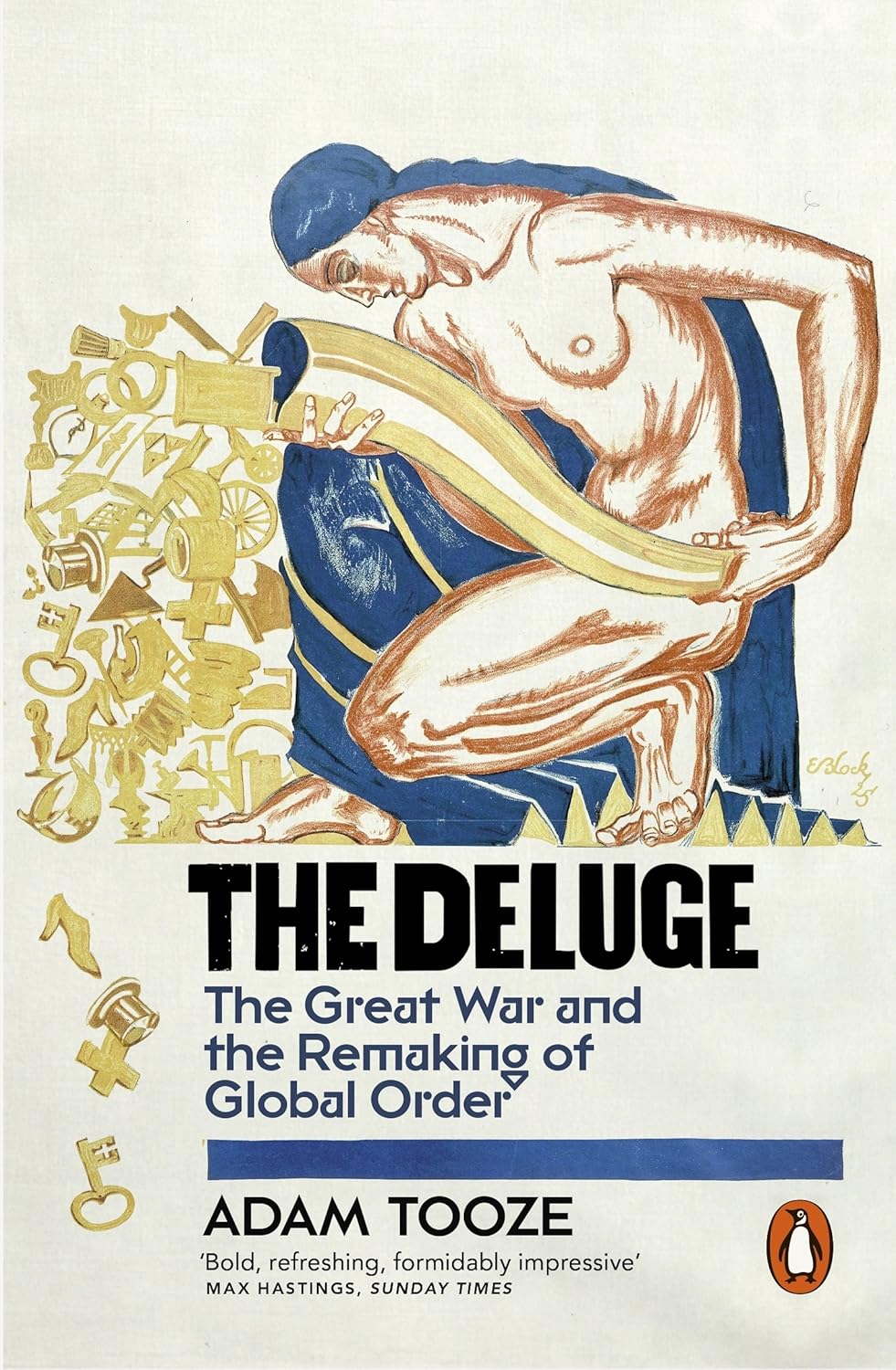The hurricane season in the United States goes from June to November. Prior to Hurricane Ian, the season had been “remarkably quiet.” Strange business when climate change is roaring about causing havoc to human populations; and goodness knows how our cousins the animals are faring. Dying out, like polar bears, I would guess.
Hurricane Ian was at category 4 when it hit the Florida coast. That’s powerful among hurricanes, which are measured on a scale of one to five. Undoubtedly climate change is reasserting itself, as true believers in anthropogenic global warming knew it would.
Counting Ian, the ten most powerful hurricanes to hit the US coastline, according to one source I found, started in 1893 with a category 4 hurricane, The Cheniere Caminada, which hit Louisiana. I don’t know, but maybe a powerful hurricane or two hit in the centuries before? Be that as it may, five out of the ten identified occurred before 1970 and five afterwards. The deadliest by far was the Galveston hurricane of 1900. Eight thousand people died.
Where does this leave us? Well, if you choose to believe in statistics, evidence and facts, it’s hard to show that climate change has had any effect at all on the frequency or intensity of hurricanes. For example, a comprehensive recent study by Italian scientists led by Gianluca Alimonti, from the Italian National Institute for Nuclear Physics and the University of Milan, found no evidence that extreme weather events, including flooding, droughts and hurricanes, were increasing in their frequency or intensity. This, of course, more or less echoes Shellenberger, Koonin, Lomborg among others.
Still, statistics, evidence and facts are one thing, feelings another. And, feelings must be respected. Most of the mainstream news media and many progressive politicians and commentators know instinctively, primevally, gut-wrenchingly, spiritually even, what the dire wages of burning fossil fuels looks like when they see it. Amen to that.

But-but-but the Democrats tell us they can stop hurricanes if only we do what they say!
Vote Democrat and stop HURRICANES, says Sen. Amy Klobuchar, before touting Biden’s record on climate change (28 Sep)
Surely they wouldn’t lie?
I recall reading a while ago that one of the main reasons for people’s perception in regards to supposed increasing severe weather incidents is that almost everyone is carrying a smart phone videoing the incidents, whereas 20+ years ago it was solely dependent on TV news crews, if they even got there.
Not scientific but I see the point.
now downgraded to category one.
Well there is a pattern. Every year the predictions get worse. They predict worse outcomes, and the predictive accuracy gets worse.
CNN fail
LOL
Random walks!
The Earth is about 4.54 ± 0.05 billion years.(source interwebs)
Yeah, climate change.
The damage caused by Ian is nasty, but the photos show it fortunately wasn’t as bad as Cyclone Tracy. Very bad though, and I’m sad for the poor people affected.
Paul Homewood today has a look at whether it really had sustained winds of 150 mph:
Hurricane Ian (29 Sep)
Looks awfully like there’s more than just monetary inflation going on. I wonder why they would want to make it seem worse than it was? It’s a mystery.
It’s not just “feelings” with these ratbags, it’s a religion . All religions rely on faith or belief.
That is why the gerbil warming scam has survived so long. They refuse to acknowledge the facts, otherwise their religious beliefs are a fraud.
I love CO2, I love global warming!
I love a greening planet!
But most of all I love laughing at all the fuckwits who believe in man made climate change!
A Florida hurricane report
https://theconservativetreehouse.com/blog/2022/09/29/hurricane-ian-recovery-update/
The deadliest by far was the Galveston hurricane of 1900
I can’t remember exactly where I was near Galveston, but there was a park that had some very low structures coming out of the ground. Apparently the tops of cemetery memorials. The cemetery had metres of mud dumped over it by the Galveston Hurricane.
The same overstating of cyclone strength is happening in Oz.
I have been through a number of cyclones, including Ada in the Whitsunday area of Queensland. We didn’t get the worst of it, something under 100 knots, probably about 90 knots. My most vivid memory of that one is coming out to find EVERY tree completely stripped of leaves. There was not a leaf to be seen apart from great drifts of them in sheltered places.
A few coconut palms were stripped completely, & many were broken off above half height, & many others blown over. Today when we get reports of cat 4 cyclones I look at the trees in news reports & know the reported wind speed is utter garbage, simply by the lack of damage to the flora, & the number of leaves still on the trees.
Stop using oil, gas and coal and watch civilization.